Most Forgiving Fairway Woods 2025
Forgiving fairway woods to help you play better from the tee and short grass
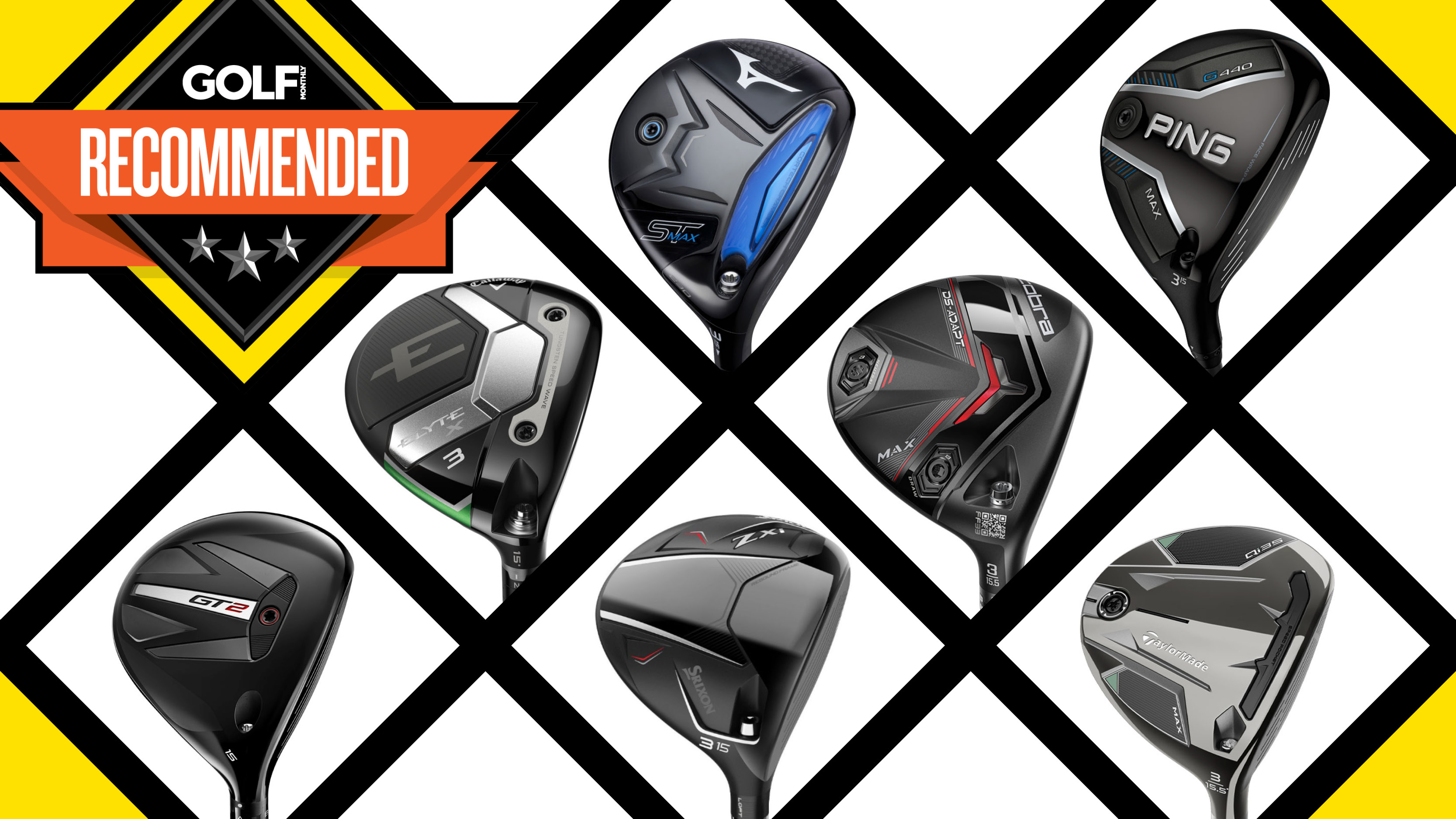

Nothing quite beats the sensation of a well-struck shot shot with a fairway wood. It requires skill, precision and patience. To help us regular golfers achieve this, club designers are creating the best fairway woods to be forgiving as possible. Technology such as multi-material crown and face constructions, movable weighting and loft/shaft adjustability can all be used to make this challenging club less intimidating and more accessible for a wider range of golfers.
Typically, novice golfers hit fairway woods left to right, attack steeply without enough loft on the face and ultimately struggle to get these longer clubs airborne. As a result, manufacturers are mow designing fairway woods with a draw bias, slight offset and weighting technology designed to create higher launch angles. The most forgiving fairway woods also tend to have larger heads than the compact models aimed at better player.
Even if you are a low handicap player it is entirely possibly that the fairway wood may be the most difficult club in your bag to master, so rather than plough on with a club aimed at tour players, you might also benefit from switching into one of the more forgiving fairway woods on the market. Why make the game harder for yourself?
Additionally, take a look at our other guides on the best fairway woods for high handicappers or the best fairway woods for mid handicappers.
The Quick List
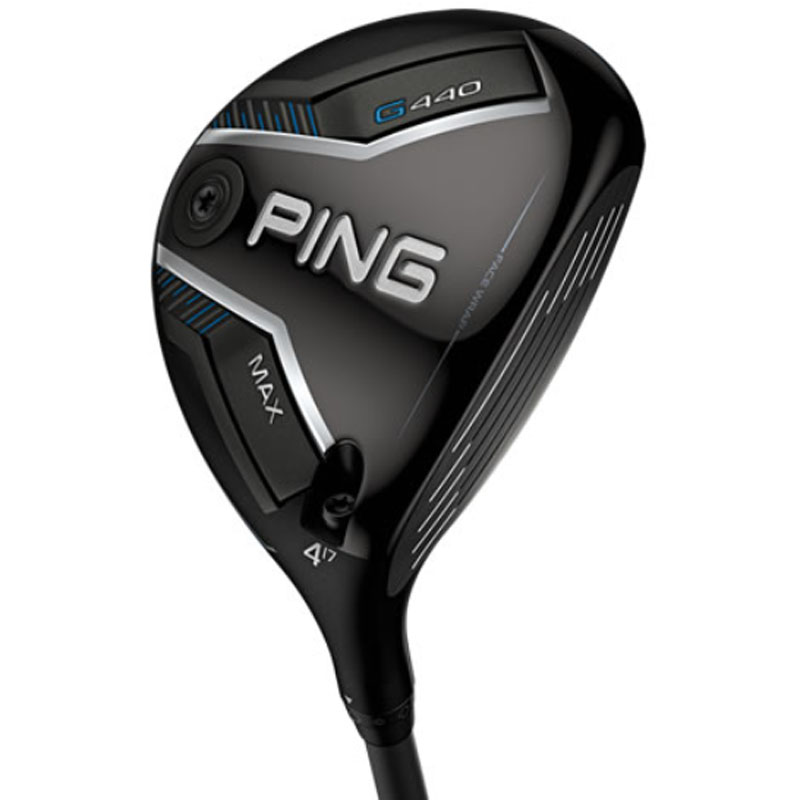
The Ping G440 Max fairway wood offers generous performance across the board without excelling in one particular area. The deep face in particular will inspire confidence.
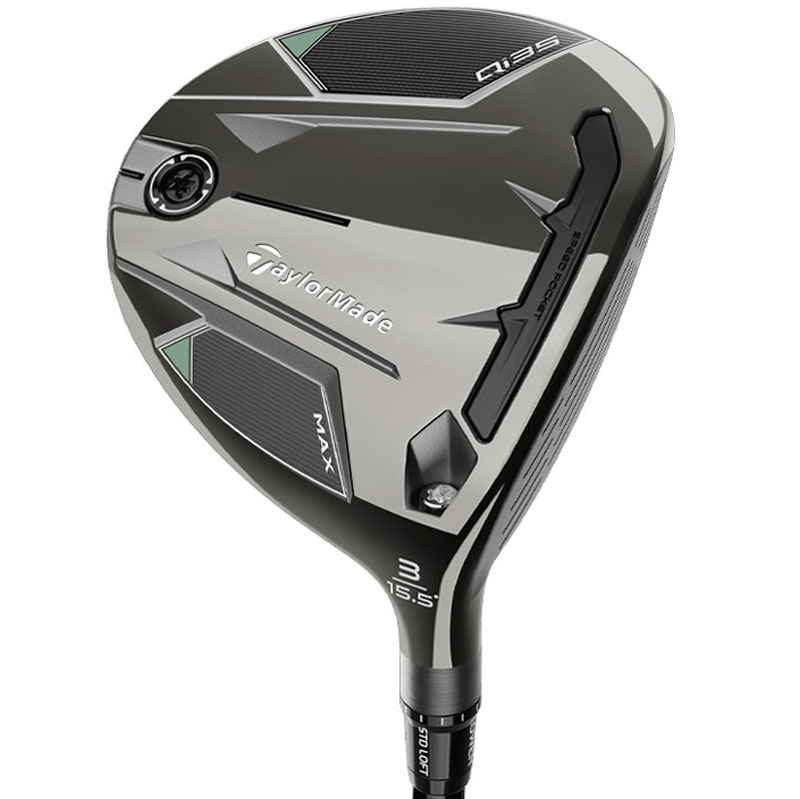
The Max is the most forgiving model in the Qi35 family, and it features an oversized head that will inspire confidence for many. A slight draw bias and higher spin rates will also benefit the mid-to-high handicapper.
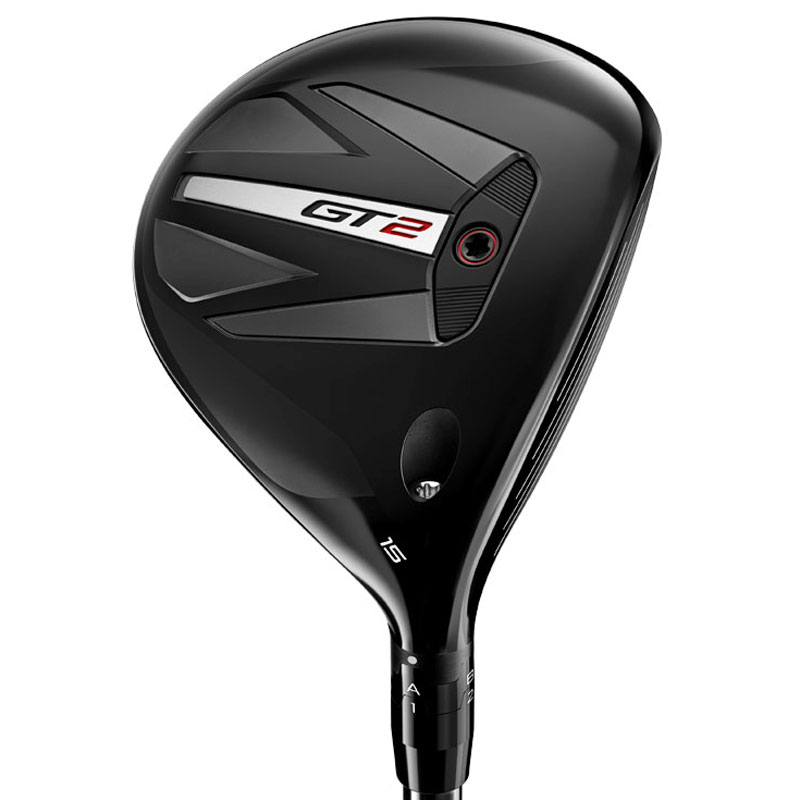
Thanks to the shallow face sitting flush to the ground, the GT2 Fairway wood excels from a range of lies, whilst the refined looks will appeal to a number of golfers.
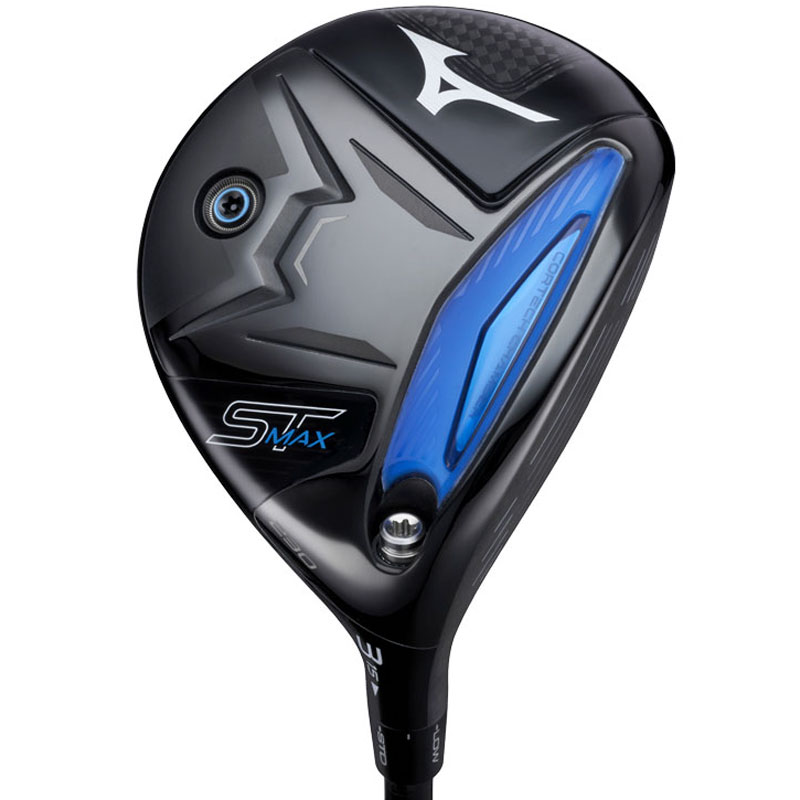
This produced solid distance from the tee, a high launching ball flight and was particularly good from the fairway and first cut of rough down to a new design feature, all while looking the part.
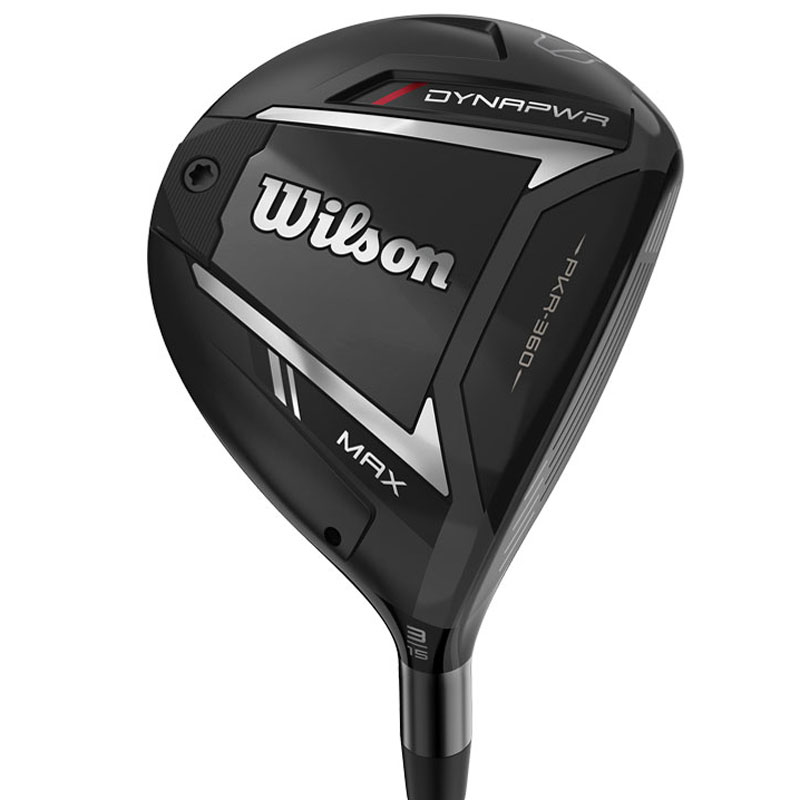
The Dynapwr doesn't have the same fire power compared to the Carbon version of the same club but provides a lot more forgiveness and playability at an affordable price.
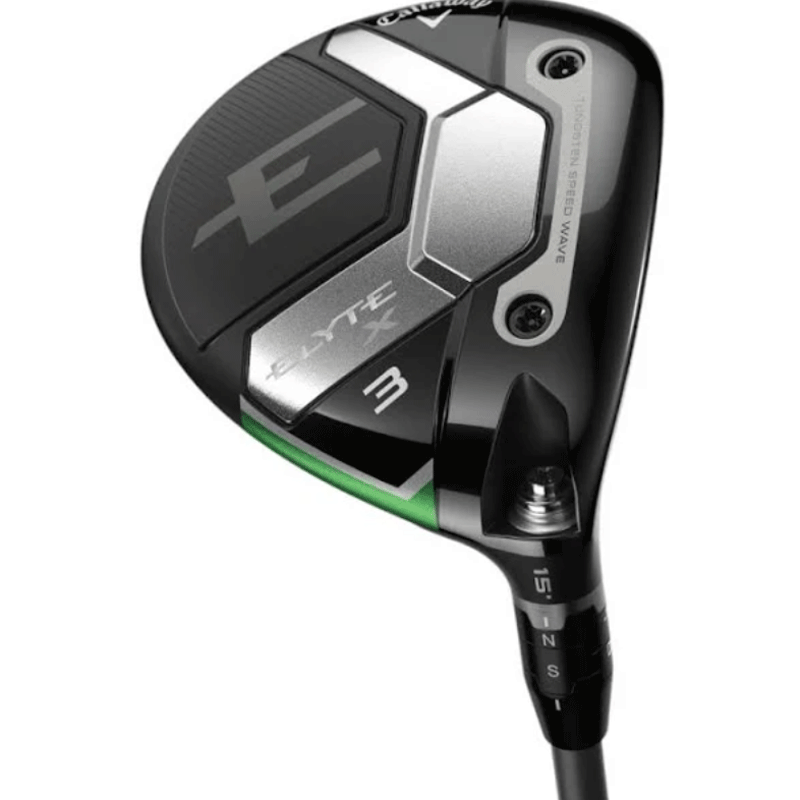
If you struggle with a fading left to right shot and need a bit of assistance, the Elyte X is a model to consider. It feels soft yet powerful through impact and the draw-bias will suit slicers.
Load the next 2 models
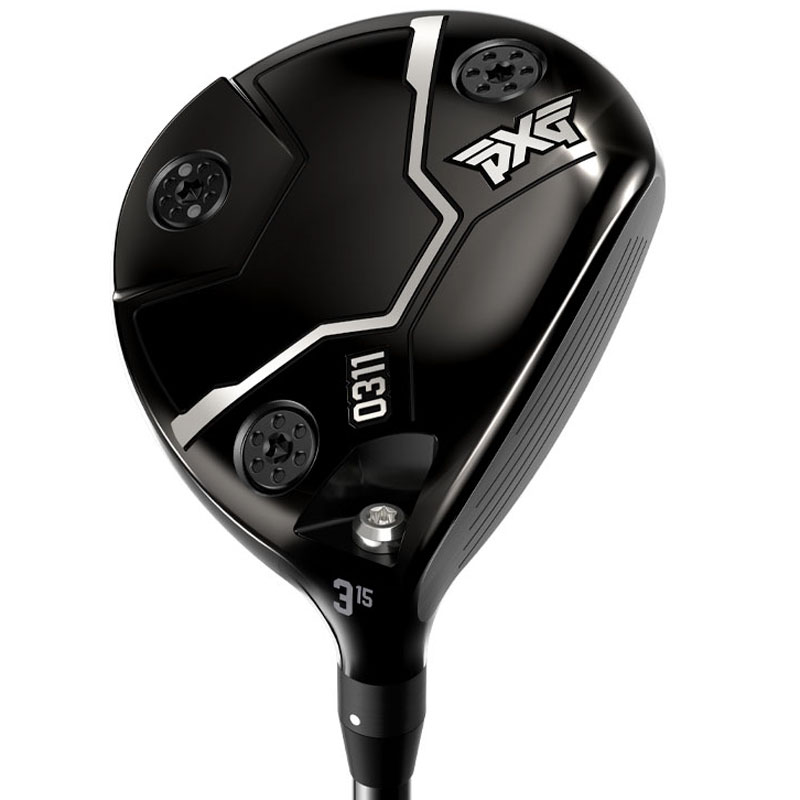
PXG have a serious proposition in the equipment game recently, particularly in the fairway woods department. Those who struggle with a right miss could benefit from the performance of the Black Ops.
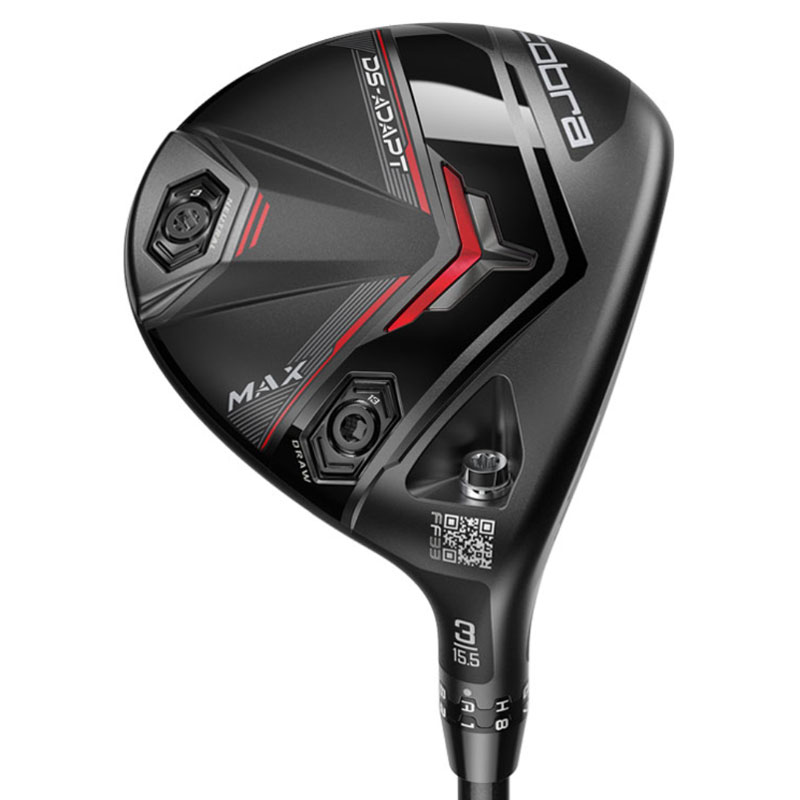
The Max will likely become a fan favorite to those that slice the ball thanks to the draw-bias nature of this club. This club looks ultra-premium in your hand and confidence inspiring when down behind the ball.
Most Forgiving Fairway Woods
Top pick
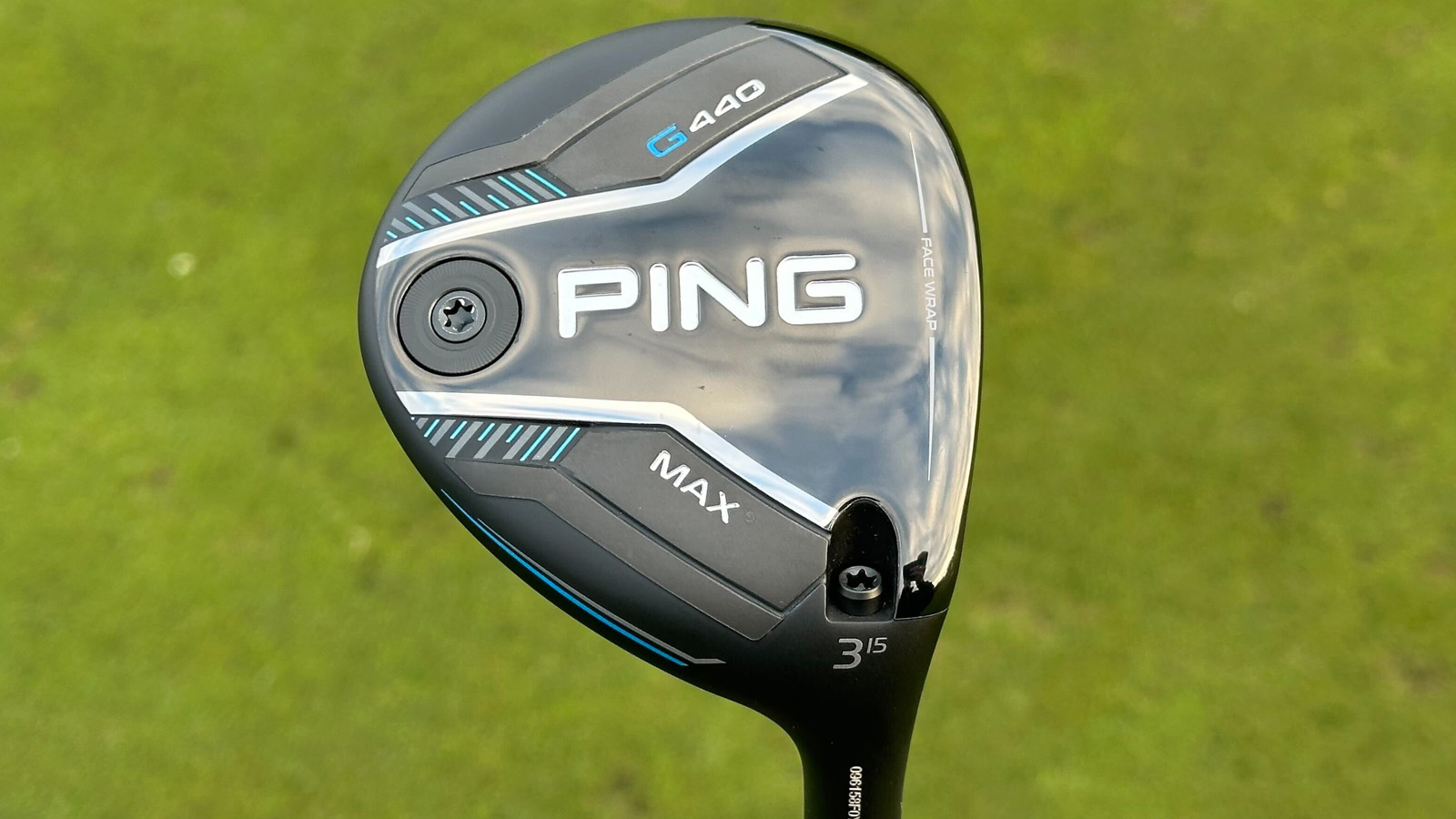
Specifications
Reasons to buy
Reasons to avoid
Our top pick for 2025 is G440 Max from Ping, as club that arrived with high expectations surrounding it as I loved the G430 model from 2023. First let's discuss the aesthetics as Ping introduced a new Carbonfly wrap on the entire G440 family, and the sole of the club features a new blue and black finish, a nod to the original G series. Admittedly I was less keen on this color change but I know a lot of golfers will also really like it so it is a subjective point to make.
Moving on to the performance, it did become clear in my testing that the G440 was producing numbers which slightly lagged behind other models in this guide, despite ball speed numbers remaining pretty high and consistent. What I did love, however, was the performance of the 4 wood. This club could become a valuable weapon for a wide range of golfers that typically struggle with hitting a high ball.
Overall, it must be said that the G440 is an excellent option for those wanting to upgrade their fairway wood in 2025, purely because the brand has kept much of what made the G430 so great.
- Read our full Ping G440 Max Fairway Wood Review
Best feel
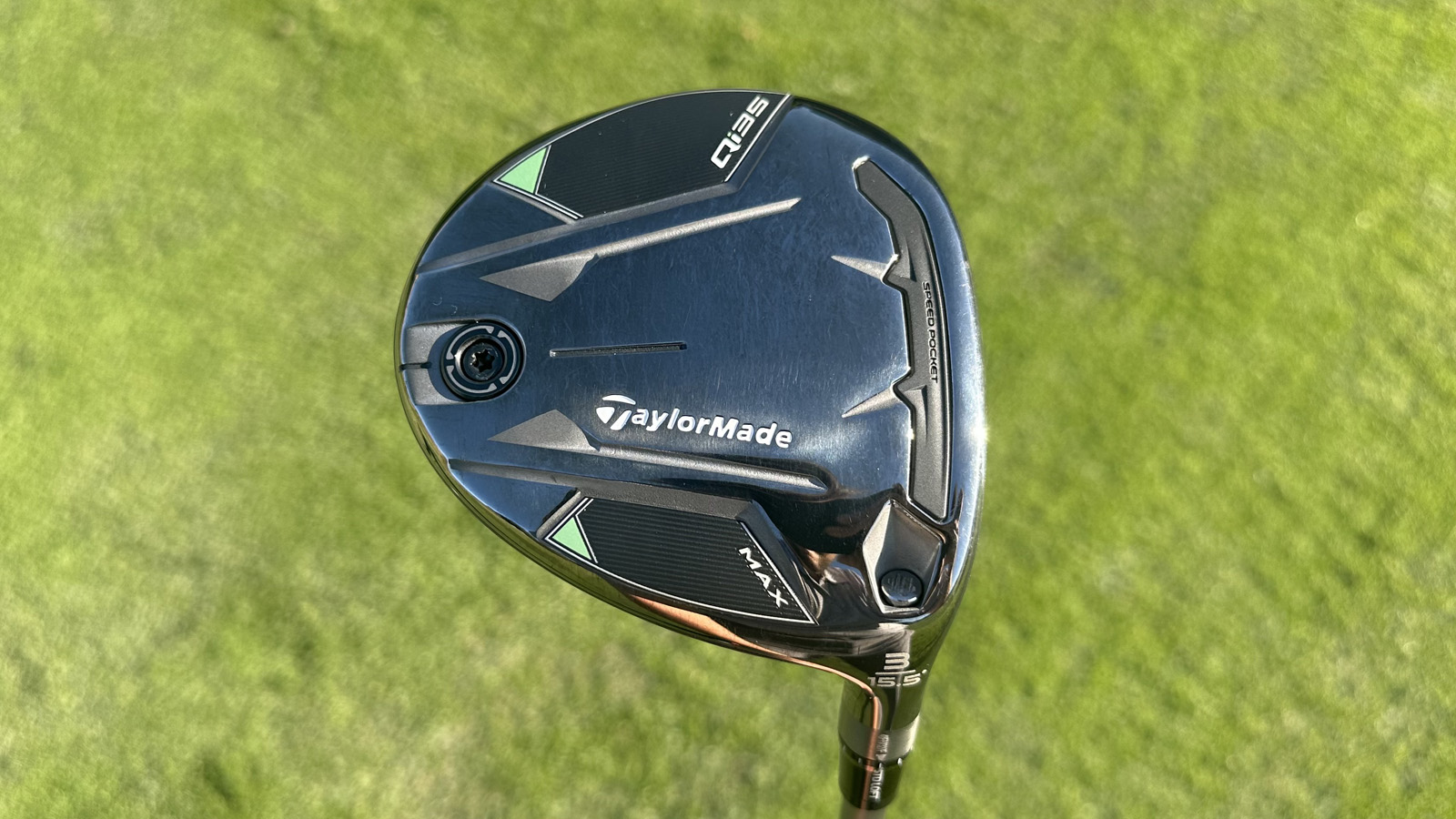
Specifications
Reasons to buy
Reasons to avoid
First up we have the Qi35 Max fairway wood from TaylorMade, which is the largest, most oversized head in the new range, and as such it will suit a lot of golfers ranging from the mid to high handicappers.
Despite the size of the head the club still looks excellent thanks to the chromium carbon finish, whilst the lovely muted 'thud' sound that we hear so often from TaylorMade clubs is present with the Max, as is the impressive performance.
In my testing the club performed as I expected from a ball flight and numbers perspective, offering sufficient forgiveness many golfers will enjoy. But it then excelled at tearing through light rough which is a welcome aspect to this club.
Overall the Qi35 fairway wood pretty much does what it’s designed to do. My mishits were hardly punished and while it wasn’t the highest launching model I have tested this year, the ball flight was easily high enough to have the ball landing softly into greens. It produced a slightly higher spin rate as well which will help golfers low on speed, and I liked the overall versatility of the club as well.
- Read our full TaylorMade Qi35 Max Fairway Wood Review
Best from the tee
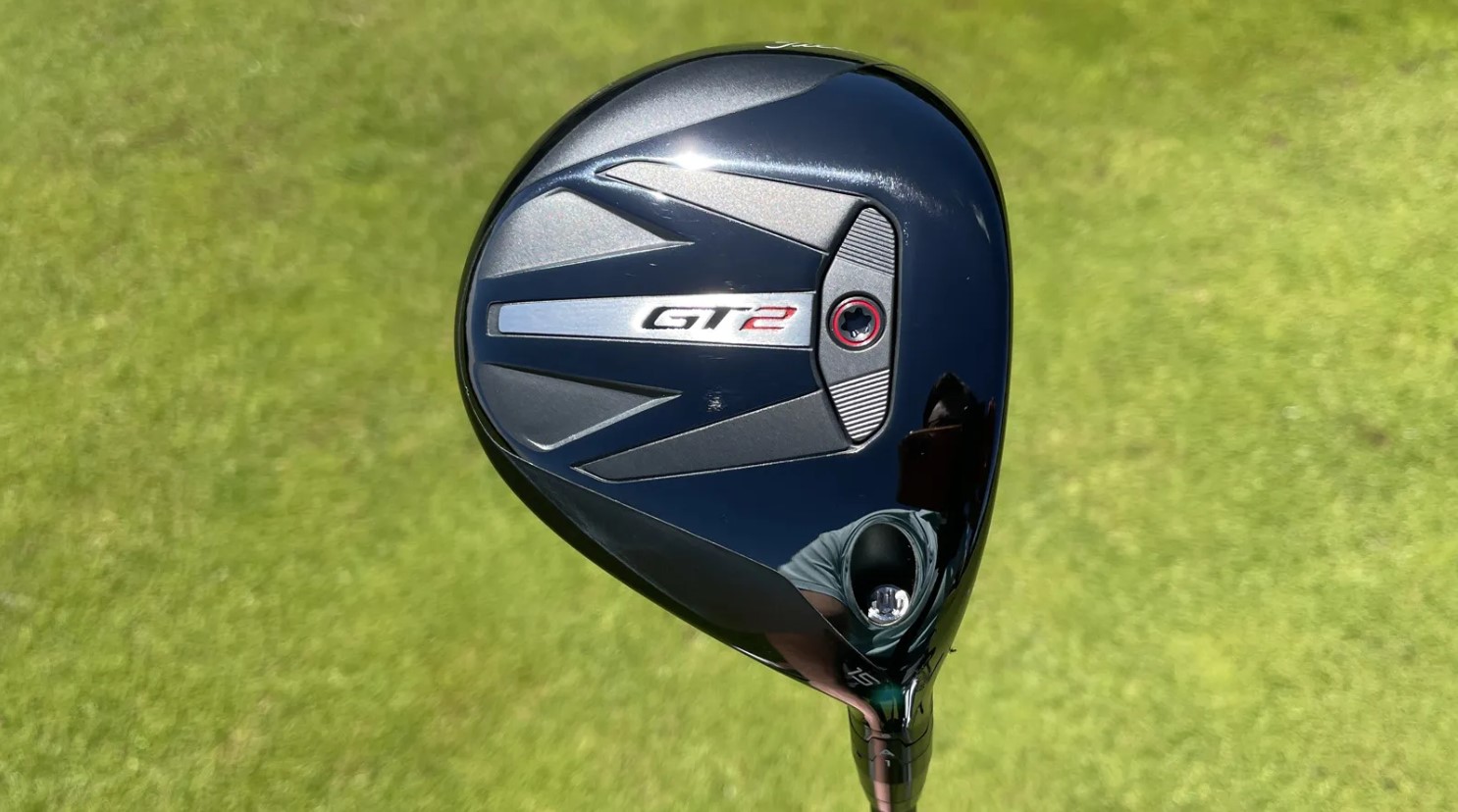
Specifications
Reasons to buy
Reasons to avoid
Titleist GT2 features a refined shape and a shallow face over it's predecessors. I was excited to get my hands on the new GT range and put it to the test...
The GT2 features a Seamless Thermoform Crown made from Proprietary Matrix Polymer. This saves weight in the crown and redistributed the weight to help the center of gravity positioning for faster ball speeds.
In testing, I found it to be a high launching, low spinning monster! Producing an increase in ball speed, the high launching nature of the GT2 fairway wood meant I could still send it upwards if required, whilst the L-Cup face design provided great stability, even on miss-hits low on the face.
Aesthetically, the GT2 fairway wood has a much more shallow face than its predecessor, which is something that will really help inspire confidence to those who struggle with launching their fairway woods. What's more, the tour-refined shape meant there was less curvature on the heel and toe compared to previous models.
- Read our full Titleist GT2 Fairway Wood Review
Best looking
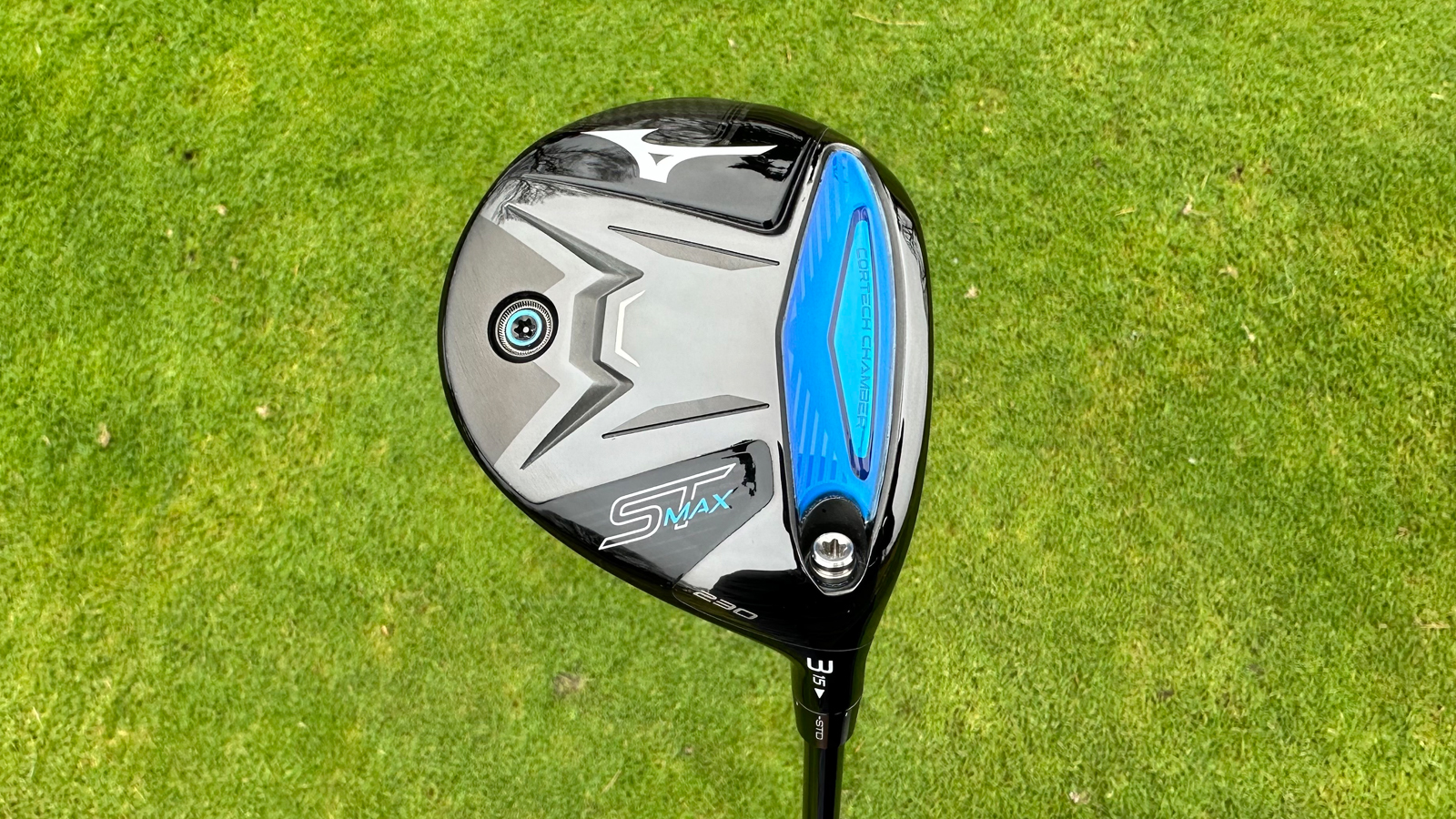
Specifications
Reasons to buy
Reasons to avoid
Most golfers won't admit it, but looks definitely count when it comes to making a purchase. Of course, aesthetics are all subjective but we think the best looking forgiving fairway wood on the market is currently the Mizuno ST-Max 230.
In testing, I felt the blue TPU insert on the sole really pops and gives the club shelf appeal. This blue blends nicely with the gloss black and carbon fibre crown to provide a classic and yet modern aesthetic.
But aesthetics without performance is pointless. Fortunately, this club performed well during range sessions as well as out on the course. The feel off the face is superb it produced a solid and pleasing 'thud', while it also gave a nice high ball flight which will suit players who need help getting the ball in the air.
I found that from both the fairway and rough the club excelled and produced that high ball flight consistently. This may well be due to the ‘Speed Bevel’, which is a modification to the leading edge which is designed to improve turf interaction and maintain speed from shots struck from the fairway. Combined with the high MOI head design, this is one of the most forgiving fairway woods we have tested this year which will suit not only higher handicap players, but also the more skilled player who just needs that bit more forgiveness in this section of the bag.
- Read our full Mizuno ST-Max 230 Fairway Wood Review
Best value
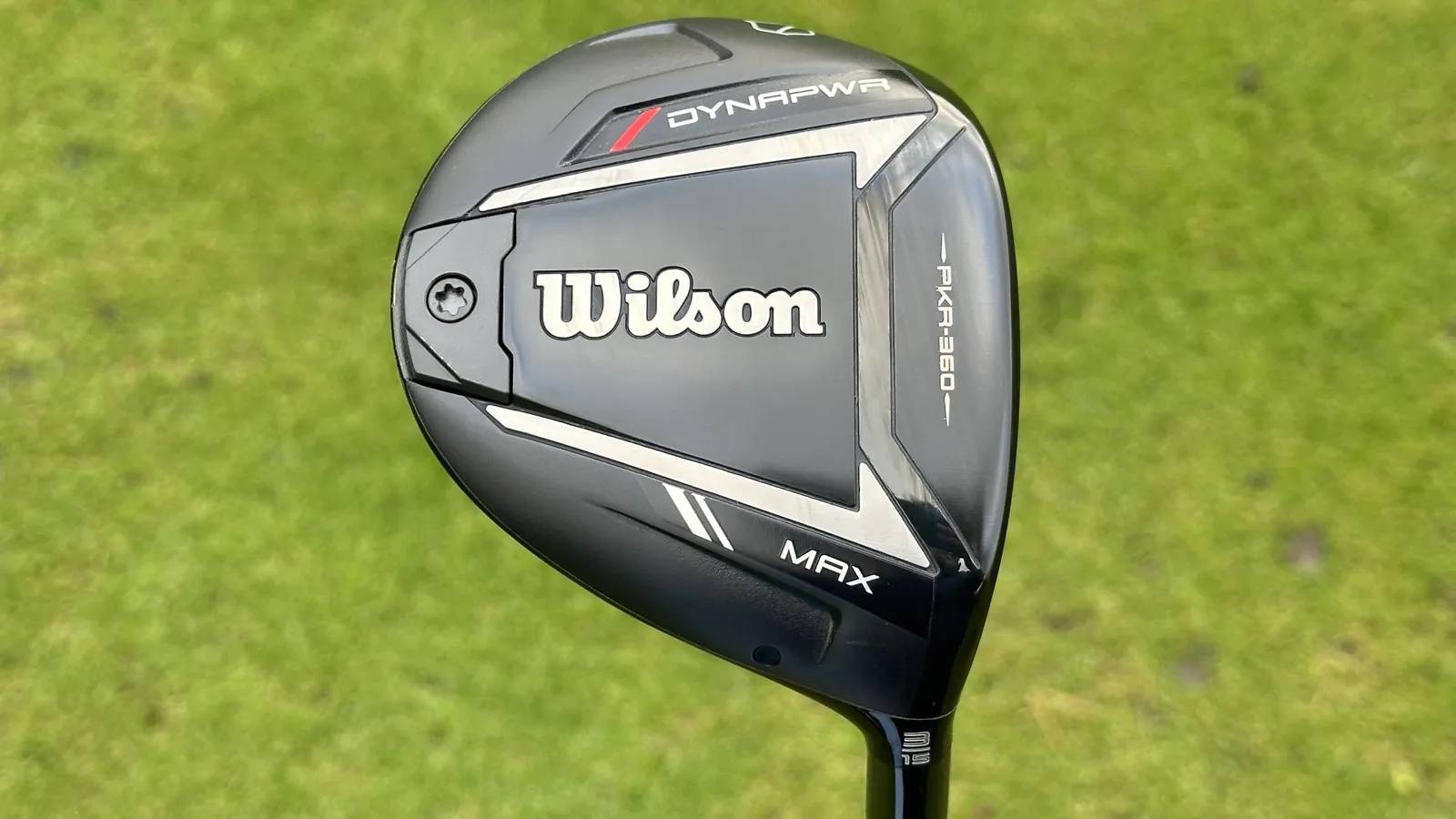
Specifications
Reasons to buy
Reasons to avoid
Although it isn't as pretty on the eye as the Carbon from the same family, the Max version from the latest Wilson Dyanpwr range presents fantastic value for money for players looking extra forgiveness from their fairway wood.
We've including the Max version in this guide as it's a lot more forgiving than the Carbon model, meaning badly hit shots are not punished nearly as much as they should be. This is thank in part to the 12g weight positioned towards the rear of the sole, pulling the CG down and back to create a high-launching head with plenty of stability. It doesn't tick every box, however, with spin levels very high during our testing meaning it won't suit those who have high clubhead speeds and as mentioned, it doesn't quite hit the heights of how good Carbon model looks - however, it is still an upgrade on the previous Dynapower family in my opinion.
Nevertheless, if accuracy and forgiveness are what you’re searching for, then you’ll be hard-pushed to find a club as playable as the Dynapwr Max fairway wood in 2025.
- Read our full Wilson Dynapwr Max Fairway Wood Review
Best for slicers
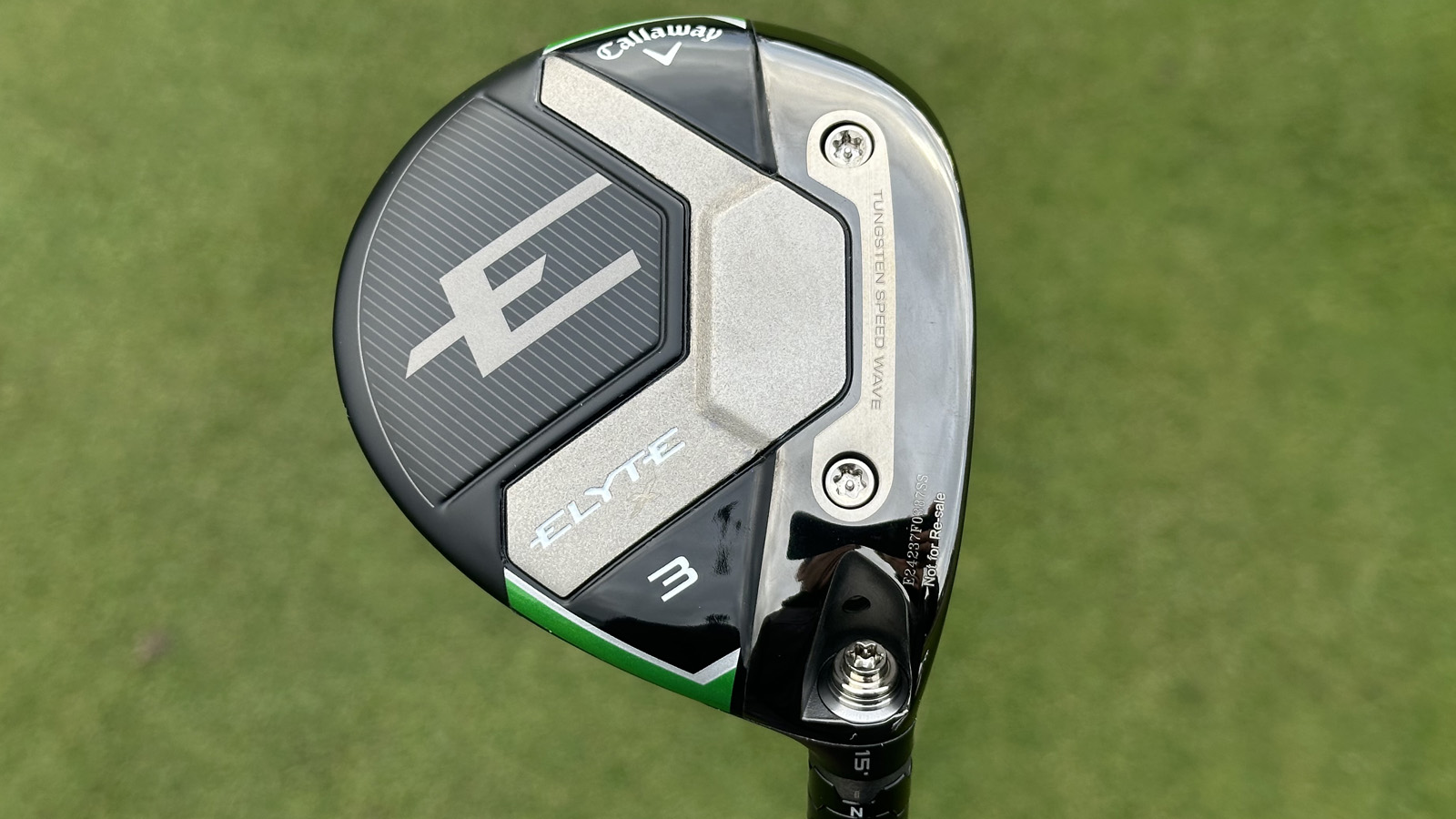
Specifications
Reasons to buy
Reasons to avoid
The 'X' member of the Elyte family is designed for higher handicap players, those who potentially struggle with launch when it comes to driver and woods. This certainly proved to be the case in my testing as it delivered effortless launch and a nice, high ball flight even when I struck the ball toward the heel. It will really really benefit those who come over the top in their swing, causes the ball to spin to the right. The Elyte X has an in-built draw bias to help straighten out those slicing shots that want to veer to the right.
The feel is soft but powerful as well, and the forgiveness isn't limited to the performance either as the aesthetics help here too. The stretched, larger profile of the X is something I think will provide golfers with confidence and the shallower face has been designed for those seeking a high-launching ball flight, even when playing from the fairway or first cut of rough.
Finally I should say that there is not much to choose performance wise between the standard Elyte and X woods in terms of feel and aesthetics. The 'X' is the better option for players who want a high launching, right to left ball flight with a larger head. For those that want something a bit flatter that could gain you a few extra yards with a more neutral ball-flight, the original Elyte could be the better pick.
- Read our full Callaway Elyte X Fairway Wood Review
Best for high launch

Specifications
Reasons to buy
Reasons to avoid
If you're in need of a fairway wood that launches high into the air with ease, here is an option for you from PXG. The Black Ops is available in a range of lofts but during testing we found all of them to be extremely user-friendly, something we're looking for when assessing clubs for this guide.
The Black Ops head is by no means the most compact or traditional looking fairway wood on the market, but it really is a solid all-rounder. The forgiveness, particularly in terms of draw bias, will prove helpful for players who hit the dreaded slice or tend to lose distance because of a natural cut shot.
As said, it's not the most compact head but it is a premium looking one. A nice 'x' on said crown will help with alignment, a feature higher handicaps should enjoy and benefit from. The weight of the carbon crown has also allowed the development team shift some of the weight to more extreme parts of the head to enhance the forgiveness we're all searching for. The combination of forgiveness and good looks was our biggest point of praise during our testing.
- Read our full PXG Black Ops Fairway Wood Review
Best adjustability
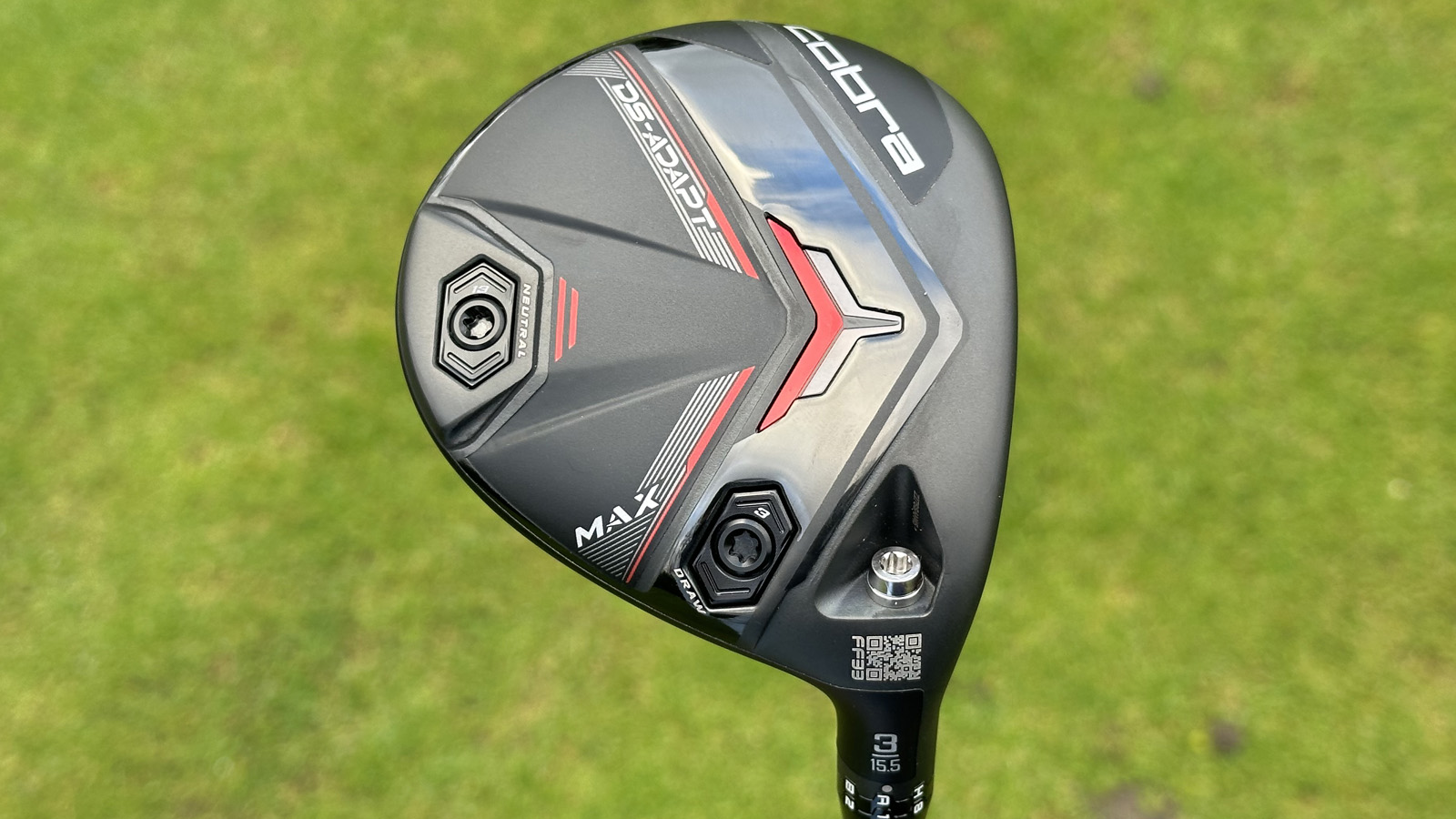
Specifications
Reasons to buy
Reasons to avoid
Finally we have the DS-ADAPT Max fairway wood from Cobra, which will appeal to a lot of different golfers, especially those looking for a little help with launch and a controlled ball flight.
To start, I loved the look of this club, it offered an ultra-premium feel in my hands, the shelf appeal is excellent (despite the QR code which I'm not a huge fan of), and down behind the ball it looks fantastic too. It will also give that confidence to those that need it as well because it is a larger head shape than the standard X and LS models elsewhere in the DS-ADAPT range.
High launch was easily achieved with the DS-ADAPT Max from a variety of lies - tee, fairway and rough included. The combination of the shallow face coupled with two removable weights at the back of the head really help create a high launching ball flight thanks to the CG being pushed further back. To aid you further with launch and ball flight, the new FutureFit33 hosel allows players configure their club in 33 different settings to find the perfect balance between high launch and penetrating ball flight. Simply scan the QR code and you have for easy access to all of the settings.
- Read our full Cobra DS-ADAPT Max Fairway Wood
How we test fairway woods
When it comes to Golf Monthly's testing procedure, we use the same ethos and methodology for all golf products to make sure they are as insightful, honest and comprehensive as possible. When it comes to golf clubs, the process begins by attending product launches so we can meet with the manufacturer’s R&D experts to understand the new technology.
When we have a good understanding of the technology, our next port of call is the indoor simulator at Foresight Sports, where the team can test in a controlled environment using premium balls and the GCQuad launch monitor. We also use TrackMan at golf facilities across the UK. Next it's onto outdoor testing on the course and driving ranges.
Specifically for fairway woods, product testing is headed up by Sam De'Ath, supported by technical editor Joel Tadman. Sam has experience of playing professionally on both the EuroPro Tour and Clutch Pro Tour. Sam also has extensive knowledge of golf equipment and what works for different types of golfer. Joel has tested golf clubs for many, many years now and both are able to efficiently test products, and then communicate effectively to the audience what performance was like.
How to choose a fairway wood
There are a lot of things to consider when purchasing a new fairway wood, and that can make getting the right clubs for you a sometimes overwhelming and confusing decision. But don't fret. That's where we come in. Below I've set out a list of key considerations you should bear in mind when purchasing your next fairway woods.
1. Loft
Figure out the specific gap to be filled in your golf bag. Ask yourself how far does my driver go, and how far do your longest irons or hybrids go? Knowing this will dictate the ideal loft for your fairway wood and whether you want a 3 wood, a 5 wood, both or perhaps something in between.
2. Forgiveness
Not all fairway woods are created equal. Some are designed to be more forgiving than others and most manufacturers now create different models for different levels of player. For example, there are three Callaway models with different head sizes and shapes and each is designed for a different kind of golfer. If you struggle for consistency of strike, a larger head will work for you, whereas if you are a better player who consistently flushes it, then forgiveness will not be a key factor for you and you will value workability more.
3. Adjustability
Most modern fairway woods come with a degree of adjustability, whether that’s loft, moveable weights or shaft fittings. Think about how important adjustability is to you, because you can change the characteristics of a club’s performance with a turn of a wrench. Or, you can keep things simple and opt for a non-adjustable model with a stock shaft you hit well. If the standard set up works for you then there is no need to pay extra for an adjustable model.
4. Versatility
Generally speaking, the function of a fairway wood is to hit shots off the tee, from the fairway from different lies and some golfers will even use them around the green to play chip and run shots. If you have a model that works in only one of these areas, then there may be plenty of improvement and flexibility in upgrading your fairway woods.
5. Looks
Looks are not just a vanity issue. A golfer has to like how a golf club looks, especially when looking down on the golf ball, otherwise it can be difficult to feel confident at address. The fairway wood is already one of the most difficult clubs to hit, which makes it even more important to find one that gives you confidence over the ball, and if it looks great in the bag too and sparks a pang of jealousy in your playing partners then all the better. Our advice is go and pick several models, see how they look and feel in your hands and test them in a variety of situations and lies.
6. Budget
Be aware of your budget. You can go for more premium models, such as the TaylorMade Qi35 or Callaway Elyte or you can opt for cheaper designs from brands like Cobra and Srixon. Wherever you fall in budget, our guides will present you with good advice on buying a new fairway wood.
For more advice on fairway woods, why not also take a look at our guides on the best fairway woods for high handicappers, best fairway woods for mid-handicappers and the best TaylorMade fairway woods guide.
FAQs
What are fairway woods?
Fairway woods are often tricky clubs to get right in golf because they are clubs that do a wide range of things. They need to be able to perform off the tee, off the fairway, from varying lies.
Traditionally, the size of a driver head ranges from roughly 440cc to 460cc, whereas a fairway wood often is from 140cc to 180cc. Fairway woods look similar in appearance to drivers but have smaller heads.
Fairway wood faces are much shallower than a driver, which keeps the CG (centre of gravity) lower, helping you to get the ball airborne. As such fairway woods are more forgiving than long irons and we traditionally see golfers and professionals put one or two fairway woods in the bag.
What loft should a fairway wood be?
Manufacturers offer a range of fairway wood head styles and lofts, ranging from super-strong three woods at 13.5° to 7,9 or 11-woods which are designed for golfers who struggle to launch mid and long irons and want more confidence inspiring equipment to hit the ball further.
A wide range of fairway wood lofts can provide options for senior players, women and juniors who want alternatives to hitting longer irons. Many established Tour winners have carried 7-woods when course conditions required high flying soft-landing ball flights on key par-5 holes and at long par-3’s.
What fairway woods should I carry?
This depends on three factors.
First, what ability level are you? Fairway woods are more forgiving than long irons, so if you are a beginner or a high handicap player we’d recommend putting as many fairway woods in the bag as possible, providing the lofts and gapping are correct. If you are a better player, then which woods you carry will depend on the following two factors.
Loft and gapping is the next point to mention. Fairway woods have to be able to fill the gap in the bag from the driver to your irons. Therefore, knowing how far you hit each club gives you insight into which yardages you need to fill with fairway woods. The best way of doing this is on a launch monitor with an experienced PGA professional or custom-fitter.
The final factor is the type of golf course do you play on? If you play a lot of links golf, then you’ll likely need to hit lower penetrating shots, whereas inland or parkland golf requires you to hit shots that fly higher and land softer on the fairway or green. Fairway woods are definitely more suited to target parkland golf rather than fast-running firm linksland golf.
The same logic applies to playing golf in windy conditions. Fairway woods are usually designed to give higher launch which makes them difficult to control in the wind, especially when compared to long irons or driving and utility irons.
Subscribe to the Golf Monthly newsletter to stay up to date with all the latest tour news, equipment news, reviews, head-to-heads and buyer’s guides from our team of experienced experts.

Sam has worked in the golf industry for 14 years, offering advice on equipment to all levels of golfers. Sam heads up any content around fairway woods, hybrids, wedges, putters, golf balls and Tour gear.Sam graduated from Webber International University in 2017 with a BSc Marketing Management degree while playing collegiate golf. His experience of playing professionally on both the EuroPro Tour and Clutch Pro Tour, alongside his golf retail history, means Sam has extensive knowledge of golf equipment and what works for different types of golfers.
- Conor KeenanEcommerce Writer
- Sonny Evans